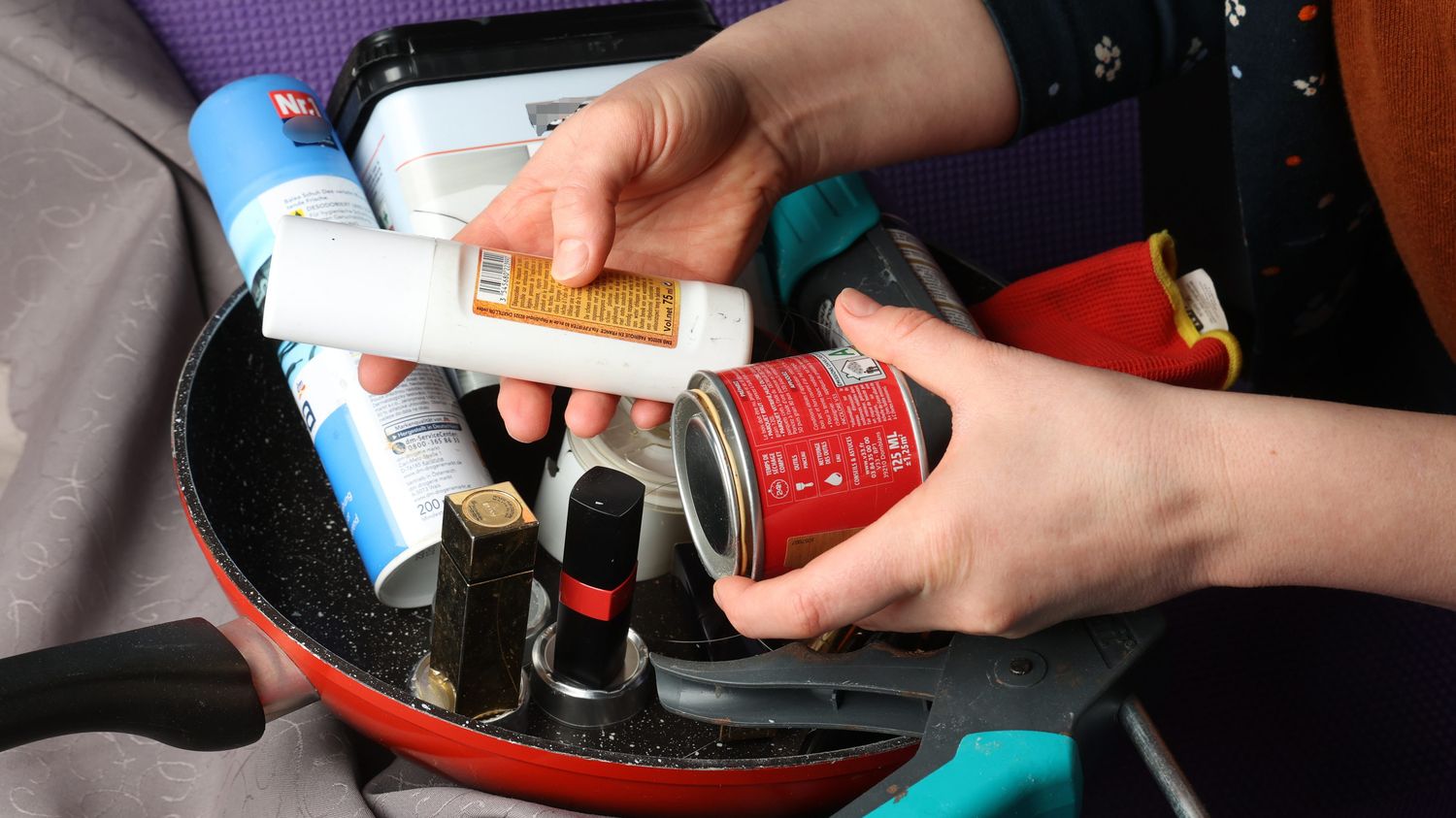These chemical substances, omnipresent in our daily lives and almost indestructible, are singled out for their harmful effects on human beings. France, and more broadly the European Union, are launching initiatives to better regulate them, or even ban them.
Published
Reading time: 2 min

The National Assembly adopted on Thursday April 4 an environmentalist bill aimed at restricting PFAS, these “eternal pollutants” which are found in particular in kitchen utensils, clothing or food packaging. But what does the European Union say about the use of these chemical substances? There is not a single European regulation but several texts which govern PFAS. It’s not easy to navigate, especially since they don’t cover quite the same things.
When we talk about PFAS, we mean a family of 10,000 to 14,000 chemical compounds, according to estimates. Among them, two are particularly well-known because they are widespread: PFOA (perfluorooctanoic acid) and PFOS (perfluorooctane sulfonate). The EU has already legislated on these substances. The first, classified as “carcinogenic to humans” by the International Agency for Research on Cancer, was banned in 2020. The second, classified as “possible carcinogenic”, was banned in 2009. Another compound, PFHxS, used in particular in firefighting foams, was banned in August 2023.
A “universal restriction” project
To regulate these compounds, a European regulation is authoritative: Reach, created in 2007. It “aims to secure the manufacture and use of chemical substances by identifying, evaluating and controlling chemical substances manufactured, imported and placed on the European market”, specifies the French Ministry of Ecological Transition. If there is any doubt about the toxicity of a substance to humans or the environment, an EU member state can contact ECHA, the European Chemicals Agency, to revise this regulation. The agency must then issue an opinion, which may or may not be followed by the European Commission.
But the debate around these restrictions has recently taken a more global turn. At the beginning of 2023, Denmark, Germany, the Netherlands, Norway and Sweden submitted a request to ECHA to restrict the manufacture, use and placing on the market of all PFAS. The objective here is not to legislate substance by substance, but to provide for a “universal restriction”, even if exemptions are provided for certain products such as medicines, biocides and pesticides.
Sector by sector initiatives
The European Commission considers that plant protection products have their own regulations, so they have been excluded from this project. “However, we have shown that this regulation does not make it possible to ban dangerous pesticides which do not always comply with the regulations”deplores Pauline Cervan, toxicologist at the Générations futures association. “The active substances of several pesticides have the same properties as PFAS.”
Even without touching on pesticides, this review process could be very long, according to several NGOs. At the same time, other initiatives are taking place to act quickly, proceeding sector by sector. At the beginning of March, the EU finalized a text which aims to ban from 2026 the intentional addition of PFAS in food packaging. A measure in force in Denmark since July 2020. Also in March 2024, the European Parliament voted in favor of revising the regulation of toys so as to ban these pollutants in their composition.
